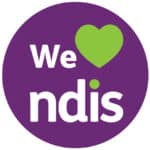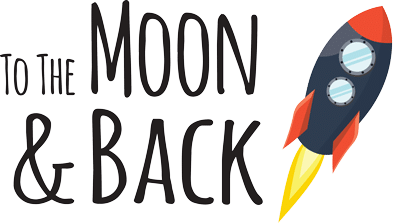Speech Therapy
Speech Therapy
To the Moon and Back is committed to providing speech therapy services that embody our values. We understand the importance of effective communication skills for your child's development and success.
Does my child need speech therapy?
Children all grow differently. It can be difficult for parents and caregivers to know whether their child needs speech therapy.
Communication milestones tell us when children are expected to be able to do certain things. If a child misses one or more of these milestones, it means they might need some additional support through speech therapy.
Contact us to schedule a Connect & Support Chat, where we can discuss your child’s unique needs and how our services might help.
Here are some signs that your child might benefit from Speech Therapy:
- Frequent frustration when trying to communicate.
- Not responding to their name.
- Difficulty being understood, even by familiar adults.
- No speech or attempts at speech by 12 months.
- Not putting 2 words together by 2 years old.
- Unusual speech sounds like hissing or glottal stopping, or deleting initial consonants (“ee et a at”).
- Noticeable sound, syllable or word repetitions when speaking.
Communication Milestones 0 - 5 Years
Speech Sound Development
Of course, children are not born with all of their speech sounds. These develop over time, starting with sounds like p and b. Children’s speech sounds develop in a fairly predictable sequence. Have a listen to your child’s speech. If you notice that your child isn’t using one or more of these sounds and they should be – contact us to see if your child would benefit from speech therapy.
By age 3
By age 4
By age 5
Reference: McLeod, S. & Crowe, K. (2018) Children’s consonant acquisition in 37 languages: A cross-linguistic review. American Journal of Speech-Language Pathology
Did you know?
A "speech therapist" and a "speech pathologist" are the same thing. Some may also call themselves a "speech and language pathologist", but it's entirely based on personal preference! In Australia, we also call ourselves "speechies".
All "speechies" are trained in the assessment and treatment of speech, language, voice, fluency and swallowing disorders.
Speech therapy can also help with:
Hearing Loss
Lisps
Late Talkers
Augmentative and Alternative Communication (AAC)
Feeding and Mealtimes
Reading and Literacy
Autism Spectrum
Downloadable Speech Therapy Tip Sheets
Speech Pathology Australia has produced a series of helpful downloadable tip sheets. These are available from our resources page.
Learn More About our Other Services



